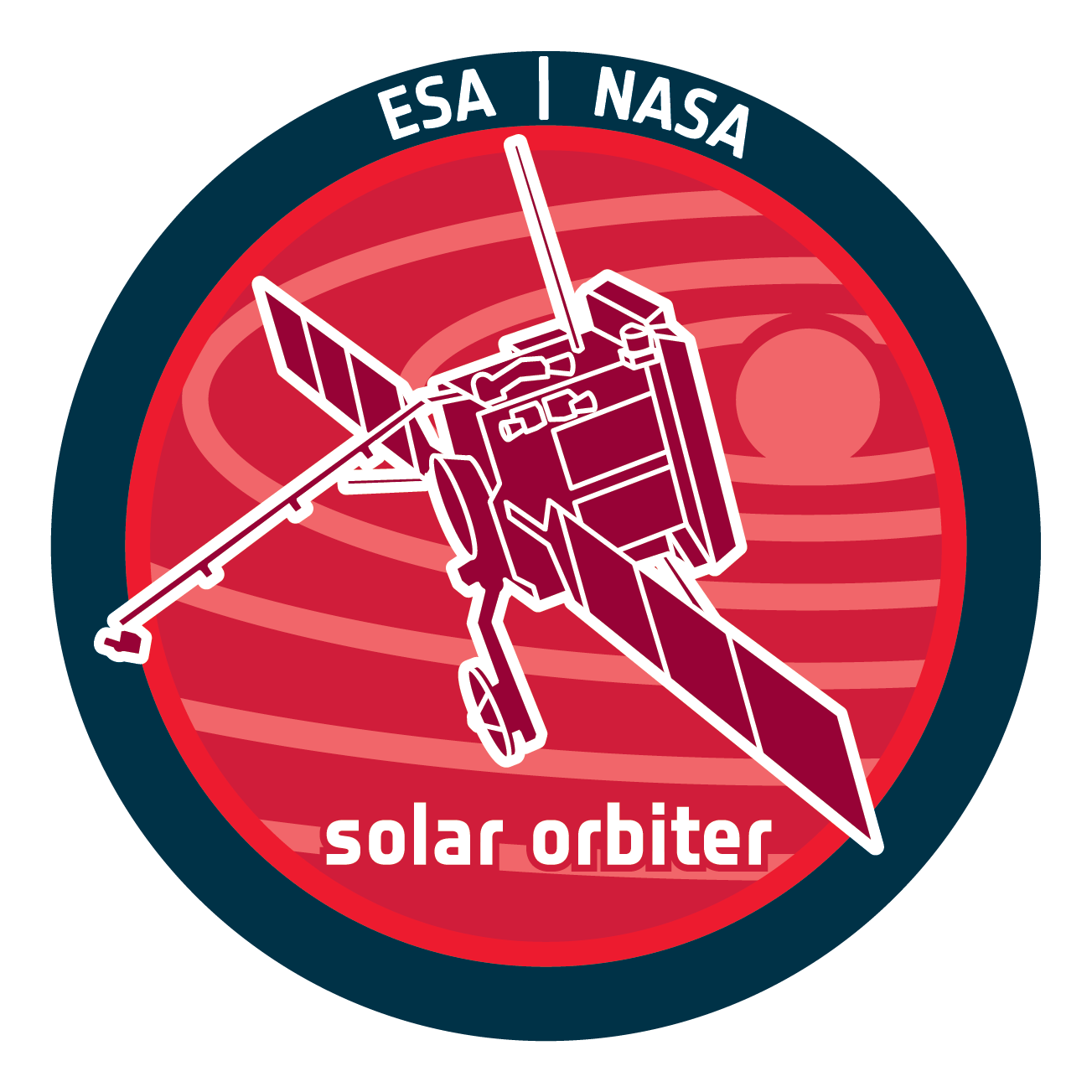

| Name | MAG, Solar Orbiter magnetometer |
| Mission | Solar Orbiter |
| URL | http://soar.esac.esa.int/ |
| DOI | https://doi.org/10.5270/esa-ux7y320 |
| Abstract | The Solar Orbiter MAG magnetometer is a high performance dual fluxgate instrument, with data rates up to 128 vectors/s from each sensor. Each sensor has a noise level of around 5pT at 1 Hz, allowing access to the ion kinetic regime and, near perihelion, access to electron kinetic phenomena at tens of Hz. Significant signals from spacecraft subsystems and other instruments can be present in the raw data. Extensive cleaning is undertaken to remove as much of the artificial signals as possible, resulting in what is normally a very high quality data set, but some artifacts are present on occasion. |
| Description | Level 2 data files contain the best estimates of the magnetic field and have signals from the spacecraft and other instrument removed; flags within the files indicate the quality of the data as a function of time. Normal mode data coverage is nearly complete. Burst mode coverage varies from a few minutes a day to complete, depending on available telemetry. Level 0 and 1 data files include data from both inboard and outboard sensors. |
| Publication | Horbury, T.S., et al., The Solar Orbiter magnetometer , A&A, 642, A9, https://doi.org/10.1051/0004-6361/201937257 |
| Temporal Coverage | 2020-02-11/.. |
| Mission Description |
Solar Orbiter is a mission of international collaboration between ESA and NASA. It explores the Sun and the heliosphere from close up and out of the ecliptic plane. Launched on 10 February 2020, it aims to address the overarching science question: how does the Sun create and control the Heliosphere – and why does solar activity change with time? To answer it, the Solar Orbiter spacecraft is cruising to a unique orbit around the Sun, eventually reaching a minimum perihelion of 0.28 AU, and performing measurements out of the ecliptic plane: reaching 18° heliographic latitude during its nominal mission phase, and above 30° during its extended mission phase. It carries six remote sensing instruments to observe the Sun and the solar corona, and four in-situ instruments to measure the solar wind, its thermal and energetic particles, and electromagnetic fields.
Müller, D., O.C.St. Cyr, I. Zouganelis, et al., The Solar Orbiter mission: science overview, A&A., 642, A1, 2020; DOI: https://doi.org/10.1051/0004-6361/202038467 Müller, D., Marsden, R.G., St. Cyr, O.C. et al., Solar Orbiter, Sol. Phys., 285, 25–70 (2013); https://doi.org/10.1007/s11207-012-0085-7 |
| Creator Contact | Tim Horbury, Principal Investigator, Imperial College London UK; t.horbury@imperial.ac.uk |
| Publisher And Registrant | European Space Agency |
| Credit Guidelines | When publishing any works related to this experiment, please cite the DOI as https://doi.org/10.5270/esa-ux7y320. |